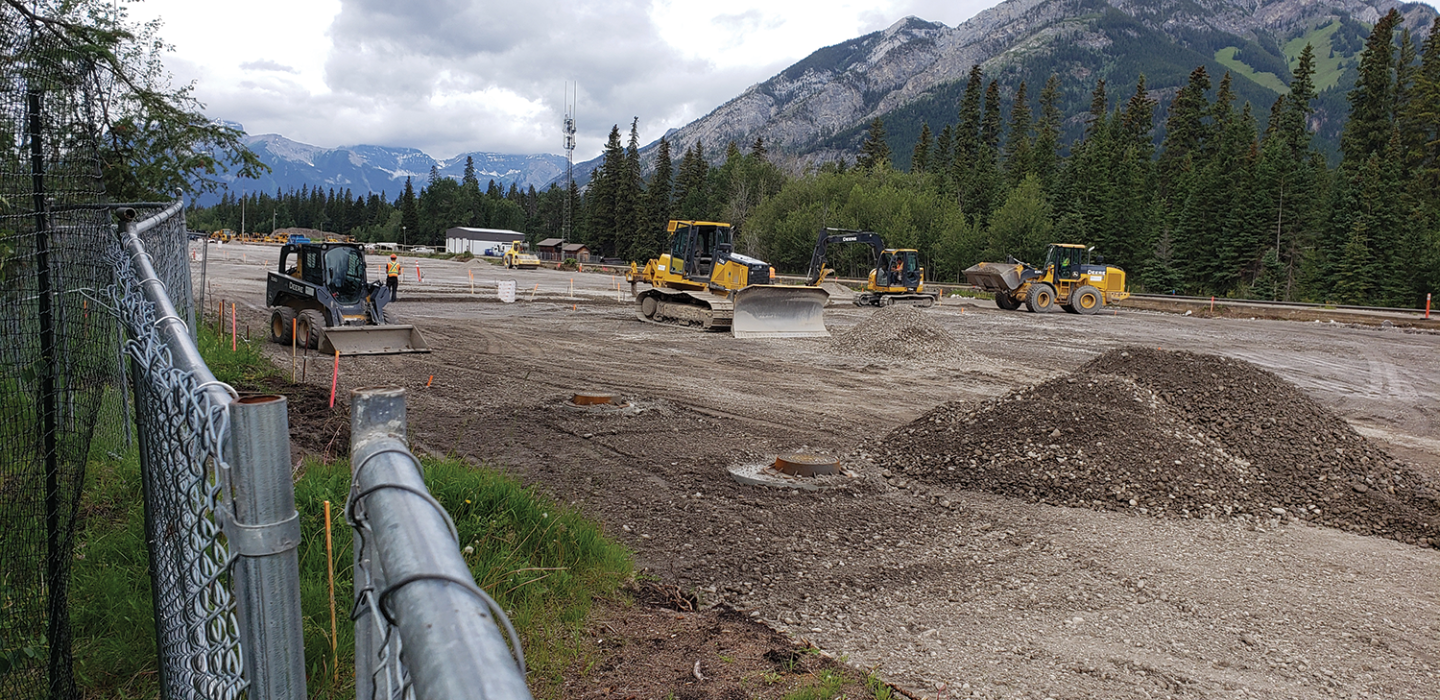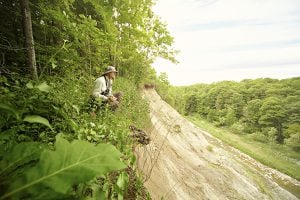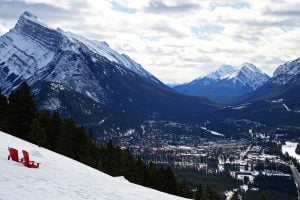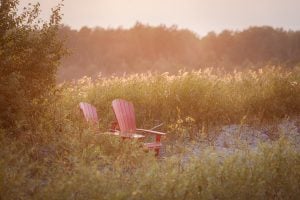“Zoning was always a compromise,” says Van Tighem. “The best areas for wildlife are in the valley bottom where the town and highway are. It’s not perfect, but it’s pretty darn good.”
It helped control the impact of people in the park for a while, but by the early 1990s visitor numbers were spiking as both domestic and international travellers came flocking to the park.
“National parks represent who we are as Canadians,” says Van Tighem. “And Banff is the epitome of the park system. Visiting Banff makes Canadians feel more Canadian.” Outside the country, Banff’s mountains, rivers, glaciers and wildlife represent the iconic image of Canada, he says. For foreigners, visiting Banff is visiting Canada.
Torn between tourism promotors and environmentalists, the park system commissioned the Banff-Bow Valley Study in 1994. The independent assessment found that “unless we take immediate action, the qualities that make Banff a national park will be lost.” Its 500 recommendations shaped the future of Banff and the park system, says Van Tighem. The study led to fencing and wildlife overpasses along the Trans-Canada Highway, both firsts in Canada. And it pushed back at development pressure. The park bulldozed a cadet camp and closed the airport to create a wildlife corridor, limited the size of the Banff townsite and restricted future expansion at the three ski resorts.
“Overall, they did a pretty darn good job balancing intensity of human use and protecting ecological integrity,” says Van Tighem.
The number of people coming to the park stayed fairly flat for more than a decade, then started to decline slightly. In 2010, Van Tighem was tasked with writing the decade-long management plan for the park. He says he talked to Canadians from every province before presenting his proposal to bureaucrats in Ottawa. “Canadians said they wanted us to fix the park up but not add new activities or developments,” he remembers. But the national executive body of Parks Canada was concerned about declining park use.
Under the Parks Canada Agency Act, services are supposed to be paid from visitor fees. Most parks fall short. But Banff is a cash machine, producing more than it uses and thus subsidizing less-visited parks. “There was always a very strong emphasis on marketing and promotions in order to increase visitor numbers,” says Van Tighem.
In the end, the executive inserted a target goal to increase the numbers of visitors by two per cent annually. The plan called for wooing day trippers and the less adventurous with the likes of biking trails and learn-to-camp programs.
What they didn’t see coming was growing interest in what parks were already selling, says Van Tighem. Hiking, rock climbing and backcountry skiing were gaining in popularity. Social media apps, such as Instagram, were taking off, adding particularly photo-worthy locations, like Moraine Lake and Lake Louise, to lists of the “10 most beautiful places on Earth.” Meanwhile, a little more than an hour to the east, Calgary was booming; the population grew from 880,000 people in 2001 to 1.3 million in 2019.
Visits to national parks throughout the country climbed steadily for a decade, reaching a peak of 16.8 million people in 2017 when Parks Canada eliminated entry fees as part of the nation’s sesquicentennial celebrations. Elsewhere visitor numbers plateaued or dropped slightly after that, but in Banff they kept going up — to 4.2 million in 2019.
Although Parks Canada closed all national parks in April and May of 2020 as part of COVID-19 lockdowns (which reduced visitors across the country by 28 per cent compared with 2019), in Banff, the total number of people in the park from June to December was off by only a few percentage points, despite no international tourists, who normally make up half the summer visitors. If pre-pandemic trends continue, it’s estimated Banff could welcome five million people by 2030.
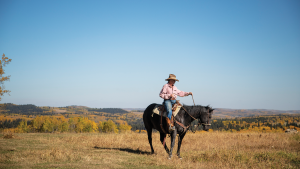
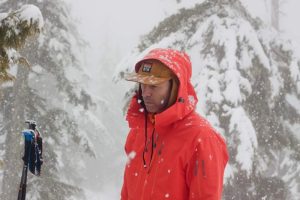





 Banff’s Growing reputation for crowds is something Parks Canada and tourism businesses in the park are working on. To help calm things, Banff & Lake Louise Tourism stopped promoting the summer season in 2016, shifting to encouraging visitors to come during the quieter shoulder seasons. And rather than recruiting new tourists, staff at Banff National Park are focusing their message on how they want visitors to behave when they get to the park. They know it’s not just the visitor experience in danger.
Banff’s Growing reputation for crowds is something Parks Canada and tourism businesses in the park are working on. To help calm things, Banff & Lake Louise Tourism stopped promoting the summer season in 2016, shifting to encouraging visitors to come during the quieter shoulder seasons. And rather than recruiting new tourists, staff at Banff National Park are focusing their message on how they want visitors to behave when they get to the park. They know it’s not just the visitor experience in danger. 





 Park Canada’s mandate, coincidentally, is to manage national parks to protect the attractive natural and cultural heritage for present and future generations, while fostering understanding, appreciation and enjoyment. But how do you protect a place as it is at the same time as encouraging people to come?
Park Canada’s mandate, coincidentally, is to manage national parks to protect the attractive natural and cultural heritage for present and future generations, while fostering understanding, appreciation and enjoyment. But how do you protect a place as it is at the same time as encouraging people to come?


 To handle those kinds of numbers, something’s got to give, says Joe Pavelka, an ecotourism and outdoor leadership professor at Calgary’s Mount Royal University who has studied visitor management in Banff and other protected areas globally. But he doesn’t think limiting the number of daily visitors as in California’s Muir Woods National Park would work.
To handle those kinds of numbers, something’s got to give, says Joe Pavelka, an ecotourism and outdoor leadership professor at Calgary’s Mount Royal University who has studied visitor management in Banff and other protected areas globally. But he doesn’t think limiting the number of daily visitors as in California’s Muir Woods National Park would work.